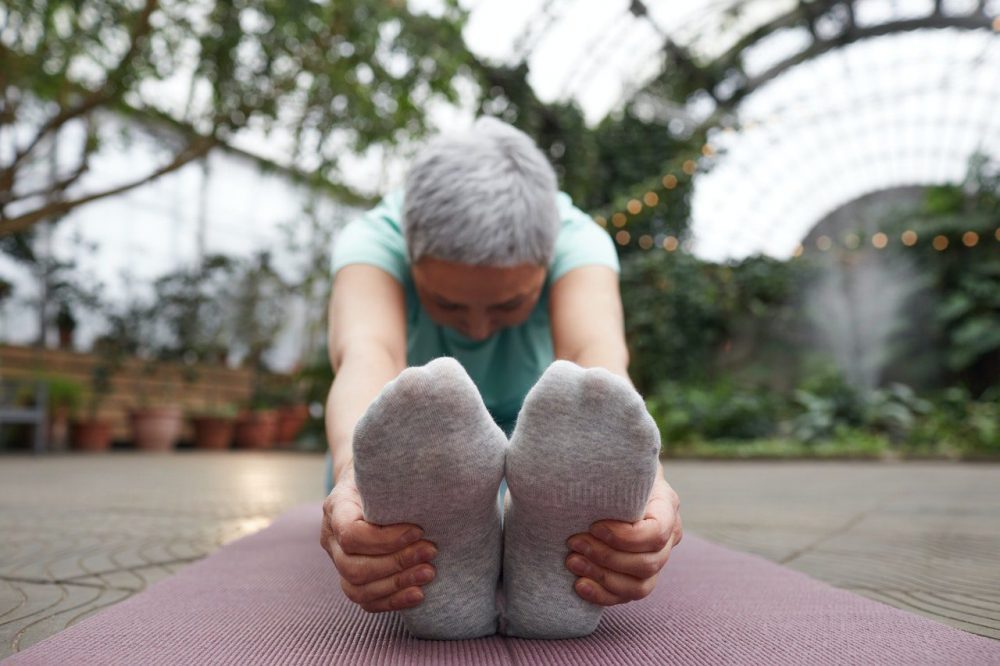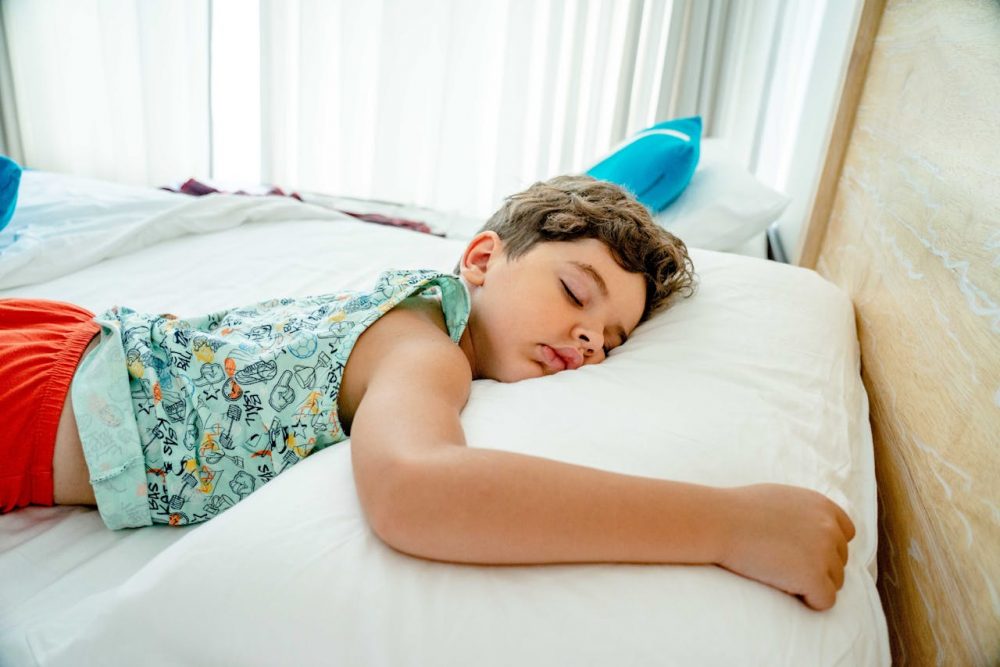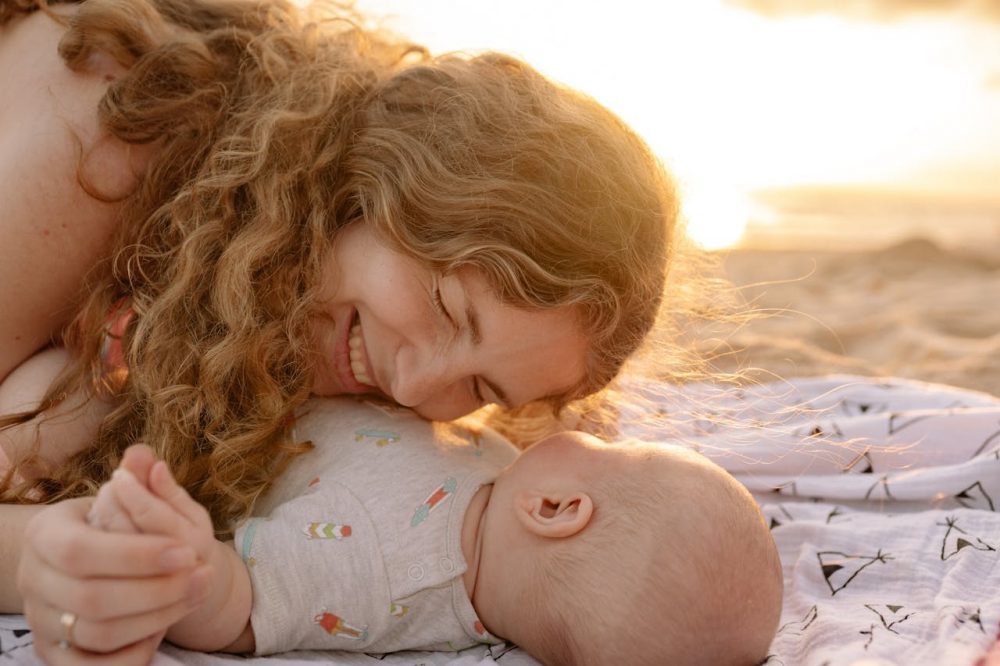Winter snow brings magical moments: Snowball fights, cozy hot chocolates, and building frosty snowmen. But alongside the fun comes the challenge of keeping your kids safe during extreme weather. Cold temperatures, icy conditions, and limited daylight can be risky if you are not prepared.
Here are the top five practical ways to protect your kids while letting them enjoy the season.
Dress Them Like Snow Pros
Winter snow is beautiful, but it is unforgiving when it comes to frostbite and hypothermia. The key is layering. Start with a snug, moisture-wicking base layer to keep sweat away. Add an insulating middle layer like fleece, and top it off with a waterproof, windproof outer layer.
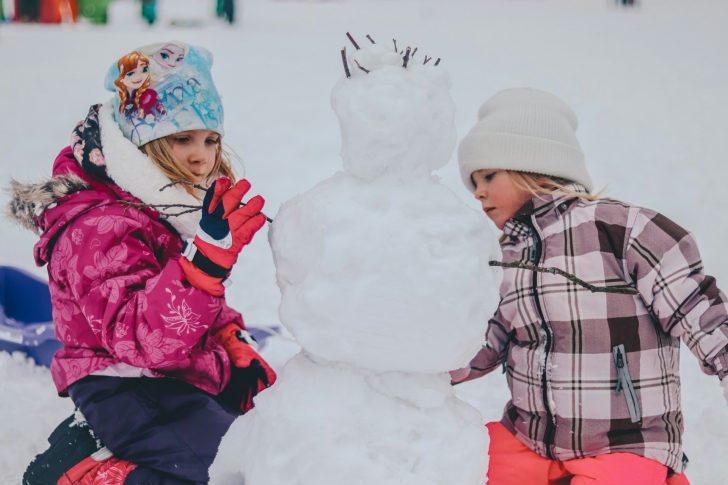
Ethan / Unsplash / Make sure their boots, gloves, and hats are warm and well-fitted - according to the cold weather.
Don’t underestimate the power of good socks. Wool or thermal materials can save little toes from the chill. Remind your kids to cover exposed skin, especially on windy days. And while you are at it, pick out bright-colored outerwear. It makes them easier to spot in the snow.
Teach Your Kids Ice-Smart Behavior
Winter snow might tempt kids to slide across frozen ponds or jump on icy surfaces. But that thin ice is not always as strong as it looks. Teach your kids to stay off ponds, lakes, or streams unless they are clearly marked safe for skating. Even then, adult supervision is non-negotiable.
Slippery sidewalks can also spell trouble. Make sure they wear shoes with good grip and walk slowly on ice. You can even sprinkle sand or salt on your walkway to make it safer. For sledding, choose gentle hills away from traffic.
Create a Winter-Ready Home
Winter snow can bring extreme weather that tests your home’s safety. Prepare a cozy indoor environment for your kids. Insulate windows and doors to keep out drafts. Stock up on blankets, flashlights, and batteries for power outages.
A generator or portable heater can be a lifesaver during storms. But make sure they are used safely and monitored at all times.
If your kids are staying inside more often, keep them entertained with puzzles, board games, or crafts. Set up a fun reading nook with blankets and pillows. Staying engaged keeps cabin fever at bay while ensuring they are out of harm’s way.
Monitor Their Outdoor Playtime During Winter Snow
Winter snow can make kids lose track of time while they are playing outside. That is where you come in. Set limits on how long they are exposed to the cold. For younger kids, 15–20 minutes in below-freezing temperatures is enough before they need a warm-up break.
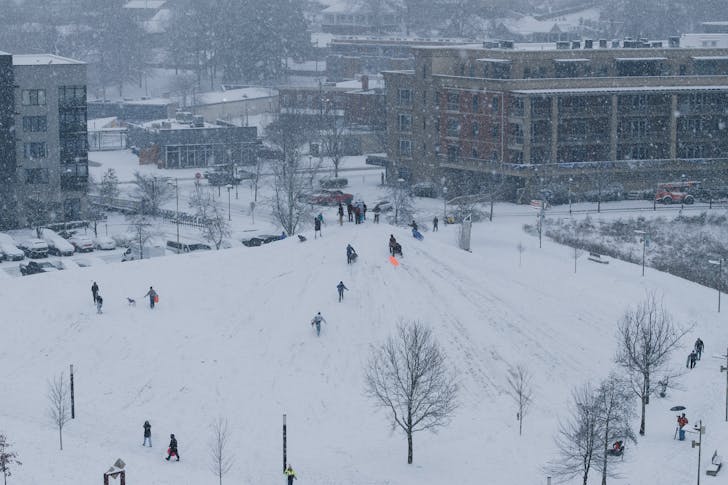
Kelly / Pexeks / Always keep an eye out for warning signs like red cheeks, numb fingers, or shivering.
These are early signs of frostbite or hypothermia, and they need immediate attention. Have a thermos of warm cocoa or soup ready when they come inside. This helps them warm up faster.
Stay Weather-Savvy
Extreme weather during winter snow can catch anyone off guard. Stay ahead of the curve by keeping tabs on weather forecasts. Download an app with real-time alerts so you are notified of storms or sudden drops in temperature. Knowing when bad weather is coming helps you plan better and avoid unnecessary risks.
Teach your kids about winter weather, too. Explain what terms like “wind chill” or “frostbite warning” mean in simple language. This way, they will understand why you are asking them to bundle up or stay indoors when the weather turns rough.

